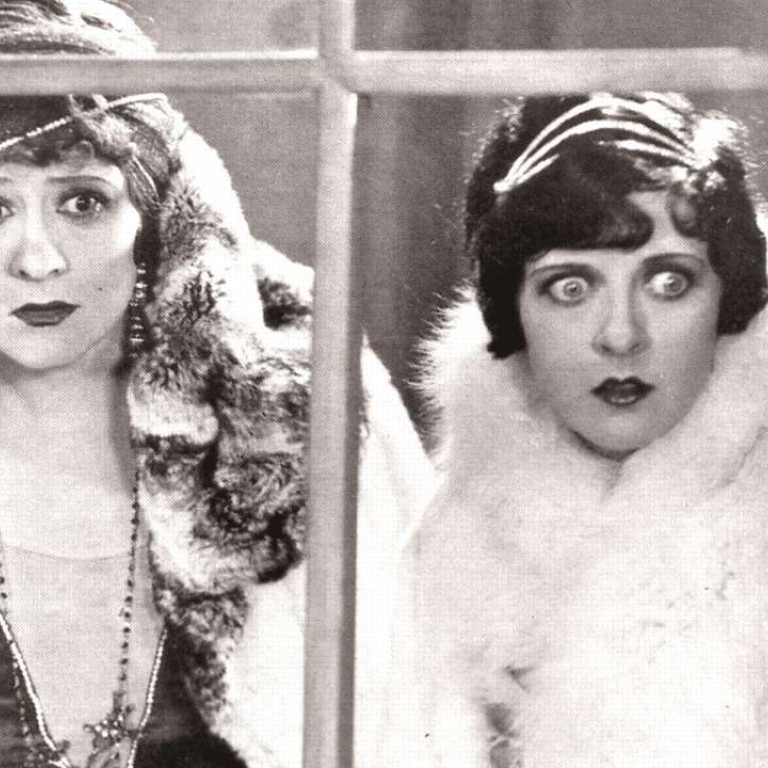
Flashback: Lady Windermere’s Fan – Ernst Lubitsch’s 1925 adaptation of Oscar Wilde comedy
Deft direction made the 1925 silent film adaptation of the Oscar Wilde comedy a delight for the eyes, if not the ears
Silent cinema was an art form on the verge of extinction while, paradoxically, at the peak of its creativity when Warner Brothers bought the screen rights for the Oscar Wilde stage success Lady Windermere’s Fan.
The works of Wilde, an author known for his witticisms, would seem too reliant on linguistic bravado to make good candidates for a medium bereft of recorded dialogue. Fortunately, the playwright’s lingual genius met its kindred spirit in the witty artistry of director Ernst Lubitsch, whose fabled “Lubitsch touch” transferred Lady Windermere’s Fan to celluloid with a finesse that engaged theatregoers’ eyes rather than ears.
The 1925 film retains Wilde’s soufflé of a plot pivoting upon an ornate fan and its reverberations in London’s high society. The prop is used to bring together the virtuous titular character (played by May McAvoy) and her moral opposite, a notorious demimondaine (Irene Rich) who, in reality, is the lady’s supposedly deceased mother.

The director, renowned for his talent for casting, makes it all seem plausible with a first class line-up of 1920s Hollywood idols. It is a testament to the fleeting nature of fame that they are all-but-forgotten today, apart from future Oscar winner Ronald Colman, who alone went on to talkie stardom.
Surprisingly in light of the brilliant source material, Lubitsch did not retain even one Wildean epigram for the intertitles. The long obsolescent craft of title writing was then important enough for two practitioners (Maude Fulton and Eric Locke) to be listed in the opening credits, their quips serving as a clever counterpart to the ensuing montages.
Among them is one occasioned by a suitor’s first visit to a prospective belle thus introduced: “A gentleman’s relation to a lady is indicated by the manner in which he rings her doorbell.” The title card is followed by a series of “Lubitschean” close-ups of the man’s hesitant hand gestures before taking the plunge, conveying the character’s psychology with a nuance befitting both Lubitsch and Wilde.

So sprightly was the rarefied air of Lady Windermere’s Fan that it resonated with audiences around the world, including in China. The play and movie inspired numerous screen versions, including a Shanghai-filmed silent in 1928 and a Putonghua talkie in 1939 (both titled The Young Mistress’ Fan), as well as a Hong Kong production, A Woman’s Heart (1952), in which the errant fan was replaced by a purse.
Though some remakes were laudable, none approached the sublimity of the Lubitsch opus, voted one of the 10 best films of 1925 and still a delight nearly a century later.
Lady Windermere’s Fan will be screened on February 11 at the Hong Kong Film Archive, in Sai Wan Ho, as part of the Early Cinematic Treasures Rediscovered programme.

